Contents
In the bins of any housewife, pickled salads usually occupy a large volume in the winter. And in the most honorable place among them are cabbage dishes, since it is cabbage in the autumn that is the queen of the beds and only the lazy does not make preparations from it. Pickled cabbage is also good because, unlike sauerkraut, it cooks very quickly, and it is easy to roll it up, and use ordinary kitchen cabinets for storage if there is already little space in the refrigerator and there is no cellar. But when unexpected guests come or there is another reason to set the table with pickles, you can pull out a jar of pickled coleslaw from a secluded place and you don’t have to think of anything else. And you can, on the contrary, literally a day – two before the planned celebration, marinate it and the delight of the guests will be provided to you.
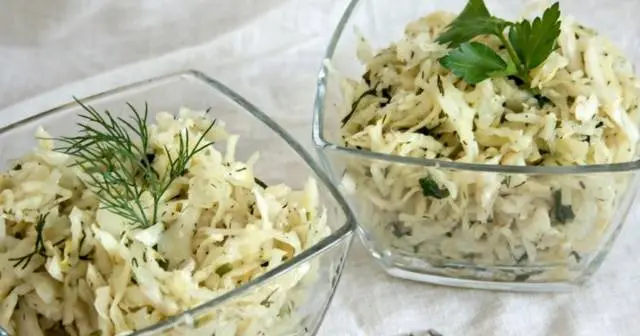
Well, spicy pickled cabbage is especially good as a snack. Representatives of the stronger sex especially appreciate it and, therefore, housewives, wanting to please their halves, demonstrate miracles of ingenuity, coming up with new, interesting and savory recipes for making cabbage with pepper, garlic or horseradish, or even with all the spicy ingredients at once. This article is dedicated to such recipes.
Simple and quick recipe
According to this recipe, you can cook any kind of cabbage, and at any time of the year, if you always have stocks of inexpensive fresh cabbage in your cellar or the nearest store. And you can, after sterilizing the jars with the finished snack, spin it for long-term storage.
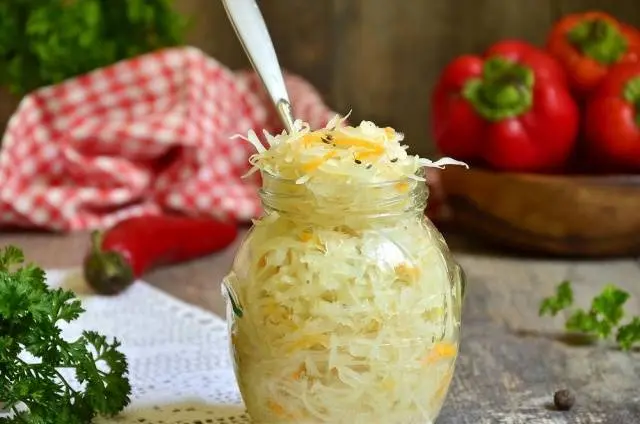
The recipe can pickle a small portion of cabbage, and if you want to make more of it, then just double or triple the amount of all the ingredients.
An experienced hostess often prepares the marinade to her liking, sometimes using the most unexpected additives and spices. But on average, the following components are used for pickling:
- 1 liter of water;
- 60 g salt;
- 50 grams of sugar;
- 125 g table 9% vinegar;
- 125 g of sunflower oil;
- 3 pieces of lavrushka;
- 10 peas of black pepper.
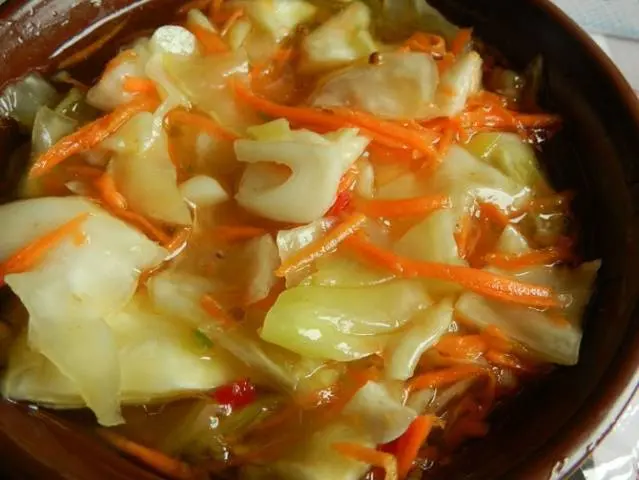
In order not to waste time, before you start working on vegetables, you can already put the water on the fire. While it boils, peel the carrots and garlic, and separate the two outer leaves from the head of cabbage, no matter how dirty they are.
Carrots are easiest to grate with a coarse grater; cabbage for storage in small jars is best chopped into strips. Although if you like a different way of cutting cabbage, use it.
Cut the garlic into thin slices – in this form, it will be able to share the aroma, and you can additionally feast on it in the finished pickled dish.
When the water boils, add all the spices, sugar and salt to it, boil for another 5 minutes over low heat and add sunflower oil and vinegar at the end. Remove marinade from heat and let cool.
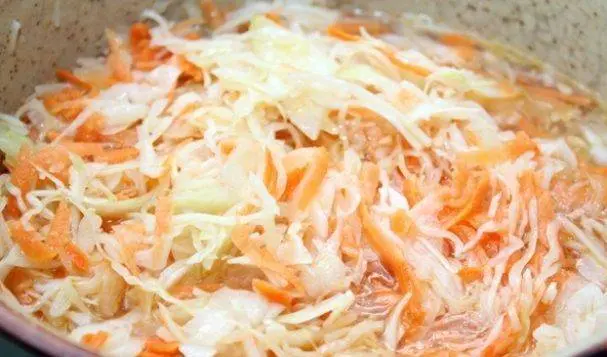
Now cabbage with carrots and garlic should be mixed well with each other. You can do this either directly on the surface of a clean table or in a large deep bowl.
Place a mixture of vegetables with cabbage in a glass jar and pour warm marinade over it.
The dish will be completely marinated in a day and can be stored in the refrigerator in this form for about a week. If you want to cook pickled cabbage according to this recipe for the winter, then you need to pour the vegetables with hot marinade, then cover the jars with lids and sterilize in boiling water for 20 minutes, if we are talking about liter jars. Then the jars with cabbage are hermetically sealed, wrapped and after complete cooling are put into storage.
Georgian red cabbage
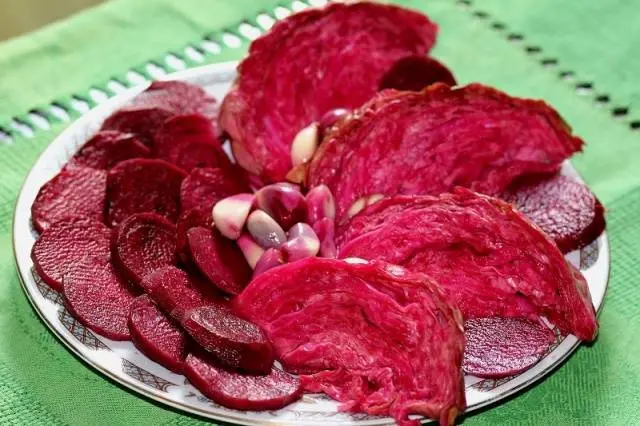
In this recipe, pickled cabbage is called red cabbage due to the use of beets, although nothing prevents you from making a similar dish with red cabbage.
To prepare a delicious dish you need to find:
- A head of cabbage weighing about 3 kg;
- Several medium carrots;
- Two small beets;
- Two heads of garlic;
- 2-3 pods of hot pepper.
In the tradition of cooking according to this recipe in Georgia, it is customary to cut a head of cabbage into 4 parts, and then each quarter into another 4 parts. Beets and carrots are cut into thin slices. But in Georgia, spicy cabbage is usually harvested in large quantities, from 10 kg or more. Therefore, for a modest scale, finer cutting of vegetables is suitable. Cabbage can be cut into cubes, then the leaves themselves will take the form of small squares, and all together will look beautiful in jars.
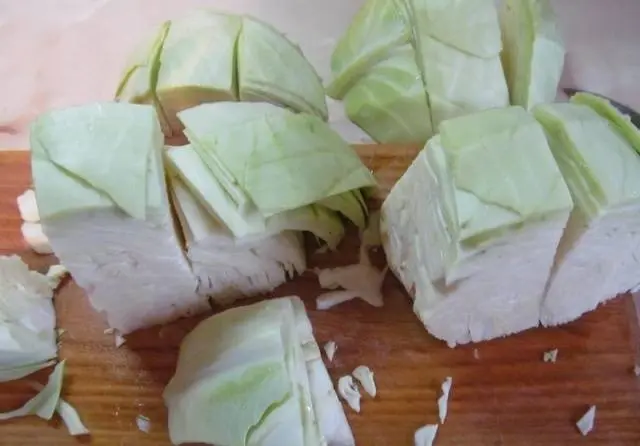
Carrots and beets cut as you are used to. Just keep in mind that both beets and carrots in the marinade turn out so tasty that it’s nice to crunch them in the form of separate pieces, and not cut into chips.
Garlic, after peeling and dividing into slices, is also best cut into small slices, without using a crusher.
But hot pepper is quite allowed to cut into thin strips.
Put the cooked vegetables in a separate bowl and mix, and in the meantime, you can prepare the marinade. According to the recipe for it, you will need to dissolve 240 g of salt, 270 g of sugar in three liters of water and add peppercorns and parsley to your taste. After the marinade boils for 5-7 minutes, add 200 g of table 6% vinegar and 100 g of vegetable oil to it. Leave it to cool and, when warm, they can pour cabbage with other vegetables.
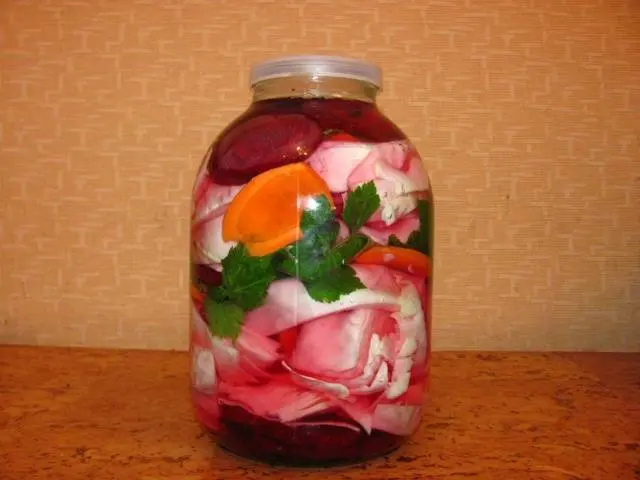
Usually, cabbage according to this recipe is prepared for instant consumption, because in a day it will already be marinated and becomes extremely tasty. Well, if you want to spin cabbage for the winter, then additional sterilization is necessary.
Cabbage rolls with horseradish
Pickled cabbage with the addition of hot peppers is often prepared in the form of rolls, which give the dish additional beauty and originality.
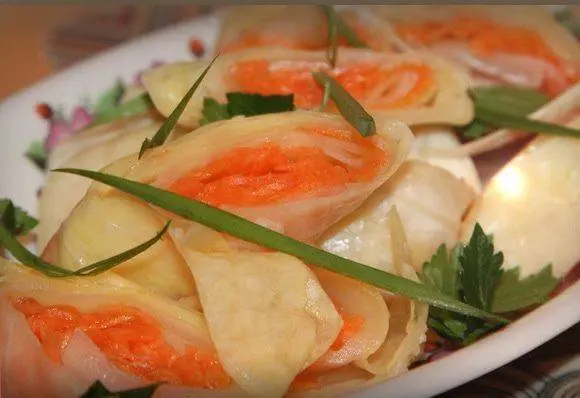
The main ingredients for this savory snack are as follows:
- A small head of cabbage weighing about 1,5 kg;
- Horseradish rhizomes – 500 grams;
- 2 pods of hot pepper.
The marinade is prepared from two liters of water, to which 200 g of sugar and 60 g of salt are added, as well as a pinch of coriander seeds and mustard. After the water with spices boils and boils for 6-8 minutes, remove it from the heat and add 300 ml of 9% vinegar.
The rolls themselves are made in the following way:
- Rinse the cabbage head and, removing the outermost leaves, disassemble it into leaves. You don’t need the stump itself.
- Boil water in a wide saucepan and boil the cabbage leaves in it for 5 minutes.
- Remove the cabbage leaves from the water with a slotted spoon and after they have cooled, cut them into strips 7-8 cm wide.

- Peel hot peppers from seed chambers and tails, and horseradish rhizome – from the skin.
- Grind the peppers and horseradish with a meat grinder, after putting a plastic bag on the outlet to avoid unnecessary tears.
- For each cooked strip of cabbage, put half a teaspoon of a mixture of horseradish and hot pepper and wrap it in a roll.
- In the next step, carefully fold all the cabbage rolls into a jar and pour over the hot marinade.
After covering the jars with lids, sterilize in boiling water for 20-30 minutes – liter jars, and 40-45 minutes – three-liter jars.
Cool upside down. Delicious pickled cabbage for the winter in jars is ready, and the unusual shape of the preparation will only cause an additional appetite for your relatives and guests.
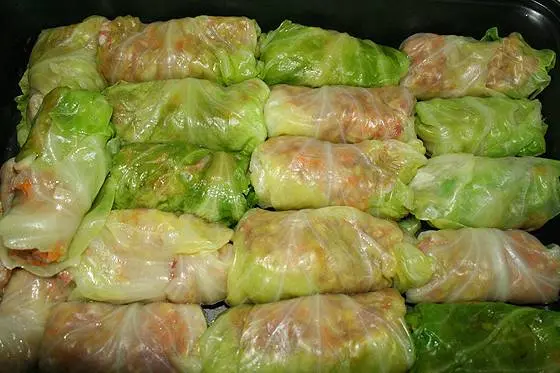
Useful tips for the hostess
It’s never too late to learn something, and even an experienced hostess sometimes no-no, and even learn something new from various recipes and recommendations for them. Well, it will be even more interesting for beginners to get acquainted with the main features of pickling cabbage.
Everyone knows that the basis for the marinade, as a rule, is vinegar of various concentrations. But what if you can hardly tolerate this product? There are even several possible answers to this question. The easiest way is to replace table vinegar with any natural one: apple, wine or rice.
To pickle cabbage, you can use citric acid instead of vinegar or even squeeze the juice from a fresh lemon.
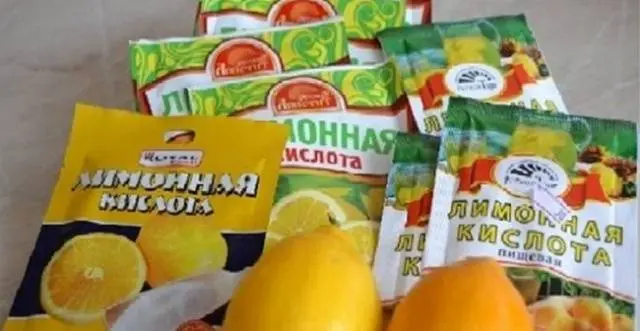
- One tablespoon of 6% table vinegar is equal to two tablespoons of lemon juice obtained from fresh lemons.
- And if you dilute 14 teaspoon of dry lemon powder in 1 tablespoons of water, then you will get a substitute for 9% vinegar.
Well, many still remember and use the grandmother’s method – instead of vinegar, they add one aspirin tablet to one liter jar of pickled billet.
All the specifics of the taste of a particular pickled blank is determined, first of all, by a set of spices. Here the choice is quite wide – from traditional bay leaves, cloves and peppercorns, to mustard seeds, coriander, cinnamon and even ginger. Combining these spices in different variations, you will not only be able to cook very tasty cabbage for the winter, but also diversify the number of flavors so that none of the 10 jars looks like another.
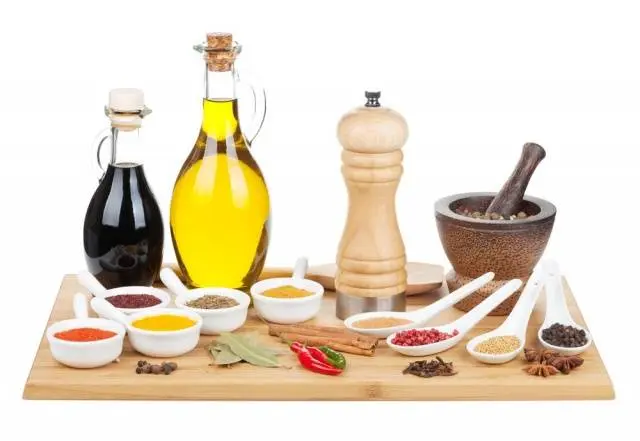
Marinating cabbage is easiest in a glass or enamel bowl. Historically, wooden and ceramic dishes are also used for these purposes. But in no case should aluminum and iron containers be used for pickling cabbage.
If you have a little extra marinade left, then do not rush to pour it out. A few days after pickling, the cabbage is able to absorb the brine, its level will drop and it will be necessary to add the marinade to the workpiece so that it is better preserved.
Remember that the addition of bell peppers and beetroot can make the finished pickled cabbage taste sweet.
Pickled cabbage is not only possible, but also necessary to fry in order to make amazing fillings for pies or dumplings from it.

Once you open a jar of pickled cabbage, it will keep well in the refrigerator for up to a week. Then it can become simply tasteless.
Any of the above recipes can be diversified with additional ingredients in the form of vegetables and berries, as well as seasonings, thereby creating many variations on the theme of spicy pickled cabbage. Experimentation will help you gain additional experience in the difficult task of stocking up for the winter and learn how to create your own culinary masterpieces.










